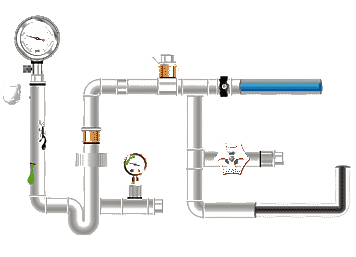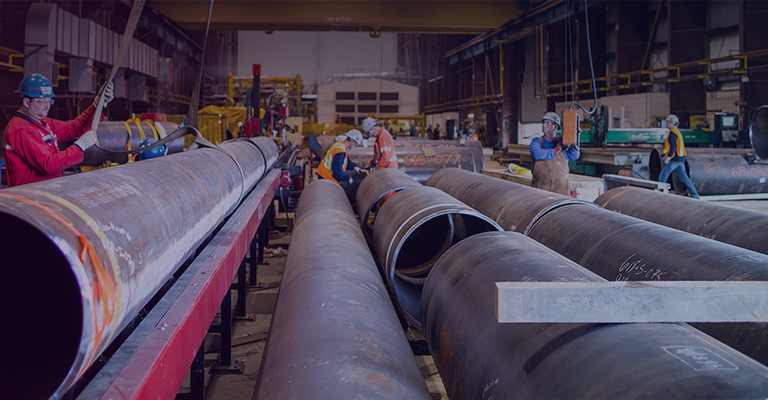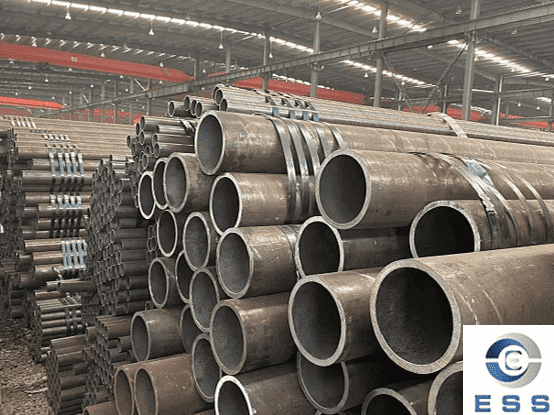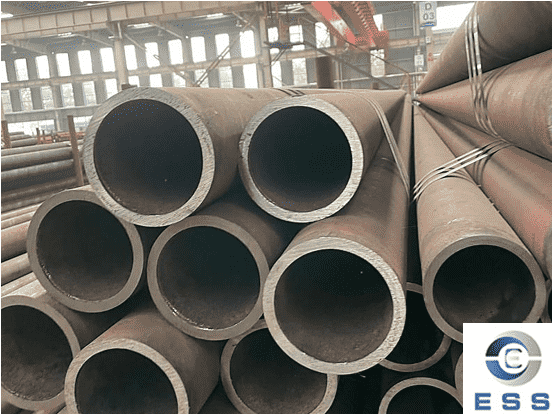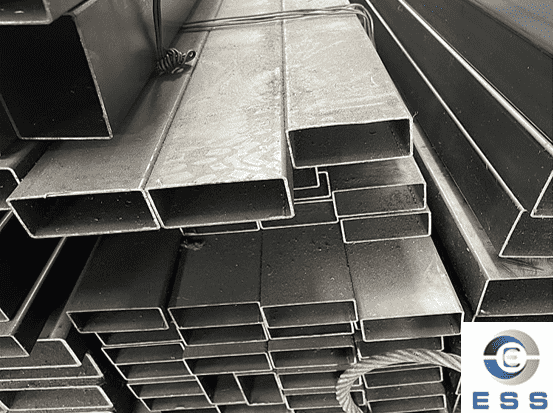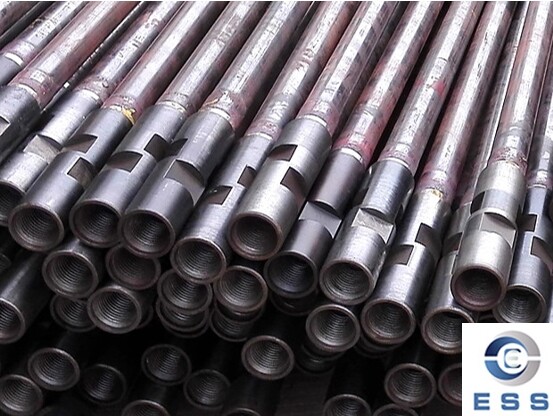
In oil drilling projects, drill pipe,
as OCTG pipe,
is the key link between the ground drilling rig and the downhole drilling tool,
and undertakes the core tasks of transmitting torque, delivering drilling
pressure, and circulating drilling fluid. Choosing the right type of drill pipe
- hollow drill pipe or solid drill pipe - is directly related to drilling
efficiency, operation safety and project cost. This guide will give you an
in-depth analysis of the differences between the two types of drill pipe to
help you make the best decision.
Drill pipe types and functions
1. Solid drill pipe
Solid drill pipe has high strength and
stability and can withstand high drilling pressure. It is suitable for drilling
deeper rock formations and has good bending resistance. Solid drill pipe needs
to be kept straight during drilling to avoid affecting the drilling effect.
2. Hollow drill pipe
Hollow drill pipe has a channel inside,
which can be used to transport mud, cuttings, etc. It is suitable for drilling
scenarios where continuous mud delivery is required to keep the hole wall
stable. The advantage of hollow drill pipe is that it can reduce the burden
during drilling and improve drilling efficiency.
Structural comparison
1. Hollow drill pipe
The center of the drill pipe is hollow and
shaped like a pipe. Hollow drill pipes are generally made of steel pipes, with
a smooth surface and a hollow interior.
2. Solid drill pipe
The drill pipe is made entirely of solid
material, usually carbon steel, alloy steel, etc., with a relatively rough
surface and a hollow interior.
Core advantages and disadvantages
comparison
1. Hollow drill pipe
Advantages: Hollow drill pipes are light in
weight, high in strength, long in service life, flexible in design, and easy to
repair and replace.
Disadvantages: Hollow drill pipes are prone
to bending and breaking when drilling at a deeper depth, limiting the scope of
use.
2. Solid drill pipe
Advantages: Solid drill pipes have better
stability and drilling efficiency during deep well operations, and are not easy
to bend or break.
Disadvantages: Solid drill pipes are heavy,
easy to wear and break, and have high repair and replacement costs.
Comparison of application scope
1. Hollow drill pipe
Applicable to drilling work such as shallow
wells, water wells, boreholes, geological surveys, etc.:
Water wells, geothermal wells, geological
exploration holes.
Development of unconventional resources
such as coalbed methane and shale gas (usually with moderate well depth).
Formations that require efficient hydraulic
circulation and cuttings removal (such as soft sandstone and mudstone).
Well sections that require measurement
while drilling, downhole pressurization, etc.
2. Solid drill pipe
Applicable to deep wells, large wells, rock
formations and drilling work under special conditions:
Ultra-deep wells, large-displacement
horizontal wells, and high-angle directional wells (extremely high torsional
and bending strength are required to maintain the wellbore trajectory).
Drilling in extremely hard and abrasive
formations (such as granite and quartzite) requires the transmission of huge
drilling pressure and torque.
Small hole drilling (requires small-sized
but extremely high-strength drill string components).
As a substitute or supplement to drill
collars (providing greater rigidity and weight in the drill string).
Well sections with high anti-collision
requirements (such as creeping areas of salt-gypsum layers).
How to choose the right type of oil
drill pipe
When choosing a drill pipe, it is necessary
to make comprehensive considerations based on the diameter, depth, geological
conditions of the well and the specific needs of the drilling task.
For large or deep drilling projects, hollow
drill pipes are favored because of their superior cooling and cuttings
discharge capabilities.
On the contrary, for small or shallow
drilling, solid drill pipes are a more suitable choice because of their
simplicity and efficiency.
Summary
In summary, hollow drill pipes and solid
drill pipes each have their own unique advantages and applicable scenarios. The
correct choice of drill pipe is crucial to improving drilling efficiency and
reducing costs.









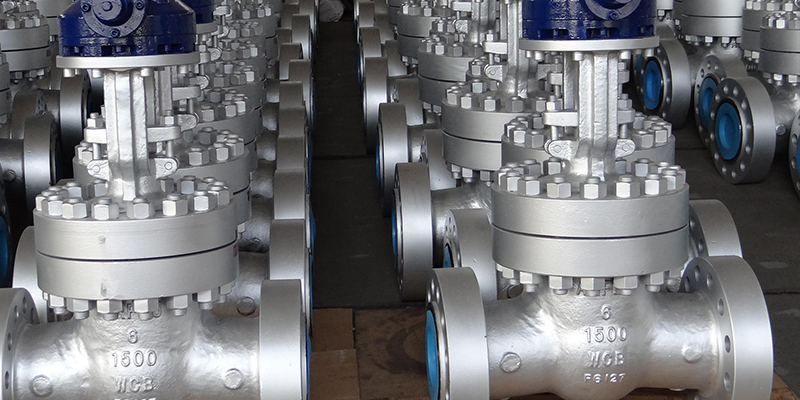
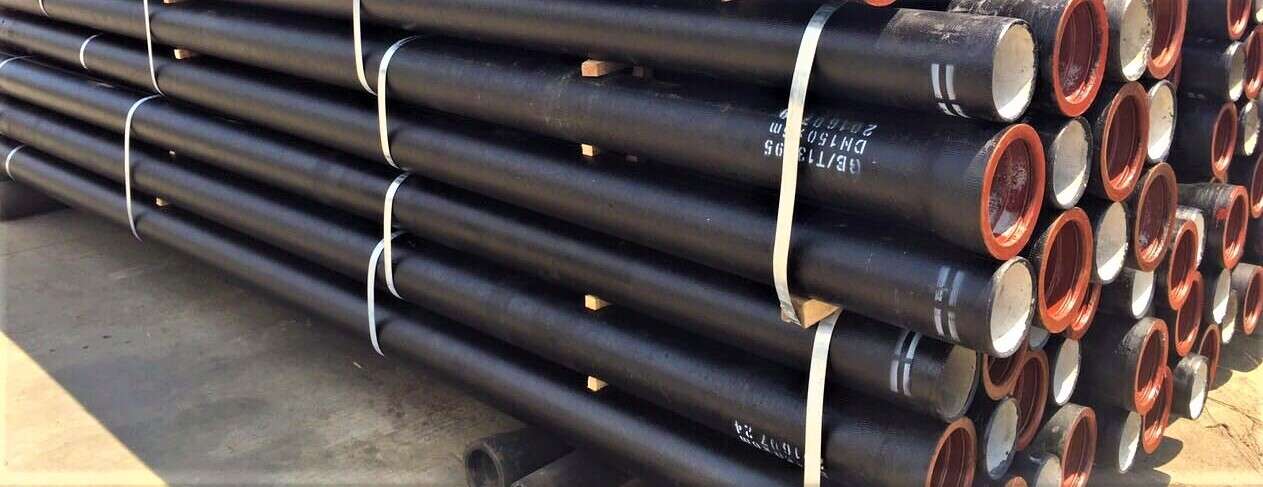


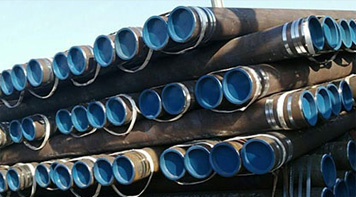 Eastern Steel Manufacturing Co.,Ltd not only improve product production and sales services, but also provide additional value-added services. As long as you need, we can complete your specific needs together.
Eastern Steel Manufacturing Co.,Ltd not only improve product production and sales services, but also provide additional value-added services. As long as you need, we can complete your specific needs together.
